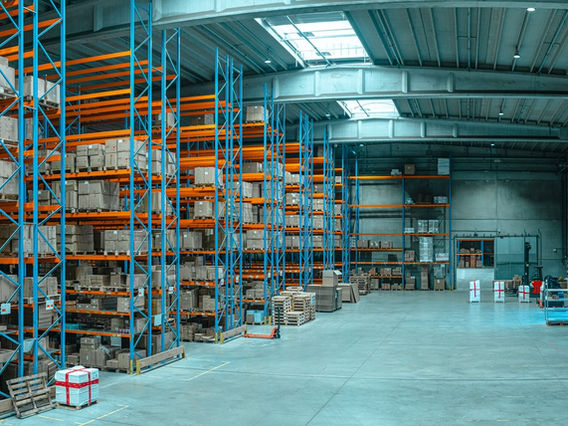The State of the Global Supply Chain Shortage: What We Need to Know
It looked like the world had it figured out when it came to balancing the delicate supply and demand chain. Then, the COVID-19 pandemic happened, and everything was turned upside down. The global supply chain was left in shock with the sudden shutdown of factories and logistics, and it wasn’t long before the consumers felt the effects of the shortage that was going on around the world. Two years after the pandemic started, people were expecting for things to get better. Unfortunately, the experts say that the state of the global supply chain shortage is getting worse. From raw materials to coffee packaging, manufacturers are struggling to find products that they need to keep up with the demands of the market. So, what exactly do we need to know about this situation?
The invasion of Ukraine is making things worse.
Although no one expected the supply chain to get back to normal right after the pandemic, manufacturers were hoping that there will be some improvements in the supply of parts and raw materials. In fact, car manufacturer GM reported in February that it will be able to build 25-30% more cars this year as compared to 2021. Then, Russia invaded Ukraine causing a new series of supply chain shortages due to a shutdown in the exportation of products from Ukraine and Russian businesses being put under sanction. GM eventually announced that it was shutting down its Indiana plant due to a shortage in computer chips. Both countries don’t produce computer chips, but Ukraine is a supplier of neon, which is needed by lasers that’s used in the chip-making process. This is just one example of how the lack of one raw material can affect the entire chain.
Congestion is hurting the supply chain.
One of the biggest causes of this global supply chain shortage is congestion. From packaging for food products to raw materials, everything seems to take longer to arrive at their destinations, making it hard for manufacturers to keep up with the growing demand for products due to the boom in online shopping and the economic stimulus packages provided by the government. Now, a typical container will spend 20% more time before it gets to delivery since ports and airports are congested due to the influx of orders and the slow resumption of operations in different parts of the world. Logistics companies need twice as much equipment and capacity to keep up with the demand, but they are also still recovering from the losses they incurred due to the complete halt in operations when the COVID-19 pandemic hit the world. The easiest solution to the problem now is to improve the system on existing facilities, so goods can move faster.
Hopes for a better future in trade
Although things are not looking up for the global supply chain and a lot of manufacturers are still struggling, experts hope that things will eventually ease up as the world slowly gets back on track after being embattled by the pandemic that affected everything in the world, especially the economy.
